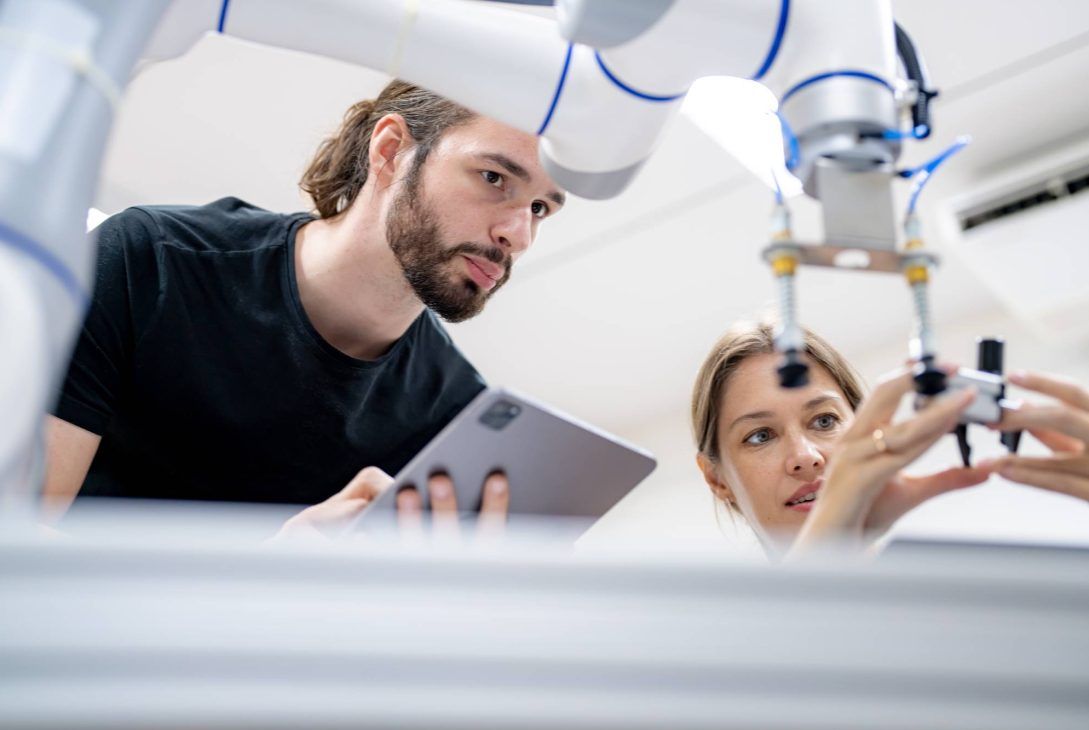Chronic diseases such as diabetes, heart disease, and cancer are some of the leading causes of death and disability worldwide. However, recent advances in artificial intelligence (AI) are helping to predict and prevent these diseases by analyzing vast amounts of data to identify patterns and risk factors.
In this article, we will explore how AI is being used to predict and prevent chronic diseases.
- Early Detection and Diagnosis – One of the key advantages of AI in predicting and preventing chronic diseases is its ability to analyze large amounts of data quickly and accurately. This includes data from medical records, genetic testing, and patient monitoring devices. By analyzing this data, AI algorithms can identify patterns and risk factors for chronic diseases, allowing for early detection and diagnosis.
For example, AI-powered diagnostic tools can analyze medical images such as X-rays, MRIs, and CT scans, detecting abnormalities that may be missed by human radiologists. This can lead to earlier detection and treatment of diseases such as cancer. - Personalized Treatment – Another benefit of AI in chronic disease prevention and treatment is its ability to personalize treatment plans based on an individual’s unique characteristics and medical history. This includes factors such as age, sex, genetics, lifestyle, and environmental exposures.
By analyzing this data, AI algorithms can identify the most effective treatment options for an individual, taking into account their specific risk factors and medical history. This can lead to more effective and targeted treatments, reducing the risk of complications and improving outcomes. - Remote Patient Monitoring – AI-powered remote patient monitoring devices are also playing a significant role in chronic disease prevention and management. These devices use sensors and wearables to collect data on an individual’s vital signs, activity levels, and other health indicators, transmitting this information to healthcare providers in real-time.
This allows healthcare providers to monitor patients remotely and identify potential problems early, reducing the need for hospitalization and improving patient outcomes. AI algorithms can also analyze this data to identify patterns and risk factors for chronic diseases, allowing for early intervention and prevention. - Public Health Surveillance – AI is also being used in public health surveillance to monitor and predict the spread of chronic diseases such as diabetes, heart disease, and cancer. By analyzing data from electronic health records, social media, and other sources, AI algorithms can identify patterns and risk factors for these diseases, allowing for targeted public health interventions and prevention strategies.
For example, AI-powered predictive models can identify communities at high risk for diabetes, allowing for targeted public health campaigns to promote healthy lifestyle behaviors and reduce the risk of developing the disease.
Conclusion
In conclusion, AI is playing an increasingly important role in predicting and preventing chronic diseases. By analyzing vast amounts of data and identifying patterns and risk factors, AI algorithms can help healthcare providers and public health officials to detect and diagnose chronic diseases earlier, personalize treatment plans, monitor patients remotely, and predict the spread of these diseases in the population. As AI continues to advance, its potential to transform chronic disease prevention and management will only continue to grow.
Related Posts:
Get Started with a free 15 -day trial
No credit card required for Trial Plan
Continue using starter plan for free forever, after trial or upgrade to Premium Subscription






